I had the great honor of writing the white paper that was part of Proclaiming the Good News: Resources for Evangelizing the Young Church. It’s the National Federation for Catholic Youth Ministry’s document on evangelization. In the process of writing that document I learned of the high rate at which young people who grew up in the Catholic faith are leaving the Church. I also discovered the role that “the new atheists” have played in the decision to leave the Church.
I’m beginning this first in a five-part series fresh off a debate I did with an atheist. It’s something that I’ve been wanting to do for years, and I was very thankful for the opportunity to talk with Brian Govatos, who runs the website and blog The Proud Atheist, and to record a debate with him on video. During that debate, I found that there were five points that can act as launch points for a dialogue between the Catholic perspective of faith and the common atheistic views of faith: 1) There is evidence; 2) It is reasonable to believe; 3) Believing is compatible with science; 4) the desire for unity; 5) religious responses are part of our DNA.
In this and future posts, I’ll look at each of these.
1) There Is Evidence – There is an often-repeated phrase that I hear in atheistic circles: “Show me the evidence.” This phrase holds the assumption that they would believe in God if evidence is provided. It is also assumed that there is no such evidence. Yet, to put it bluntly, there is ample evidence for the existence of God. There is, on the other hand, no proof. I believe this is what atheists actually desire. They want proof. However, proof is a very high threshold, both in science and theology, and this threshold is only met in rare cases.
I had the great pleasure of interviewing two members of the Jesuit community who are scientists and are also members of the Vatican observatory. During my interview with Br. Guy Consulmagno, SJ, he provided the example of the Allen Hills 84001 Asteroid. This asteroid has peculiar markings on it that some credible and rigorous scientists believe are indicators of organic life. This group looks at evidence and concludes that the markings are fossils. On the other side, there is a group of similarly credible and rigorous scientists who believe that these markings could not possibly be fossils. Both are looking at evidence, and that evidence doesn’t provide proof for either side. The available data is inconclusive and can be used to support two logical conclusions that are directly opposed to one another.
This case serves as an example of the norm regarding factual evidence. It’s not reasonable to assume that evidence always leads to an irrefutable conclusion. In the words of Br. Guy, science disagrees with science more often than faith disagrees with science. Applying this to the existence of a Creator, we can say that the data provides reasonable evidence for a Creator. Even though this data does not provide irrefutable proof, it is not intellectually inconsistent or delusional to believe. In fact, it is reasonable to believe.
